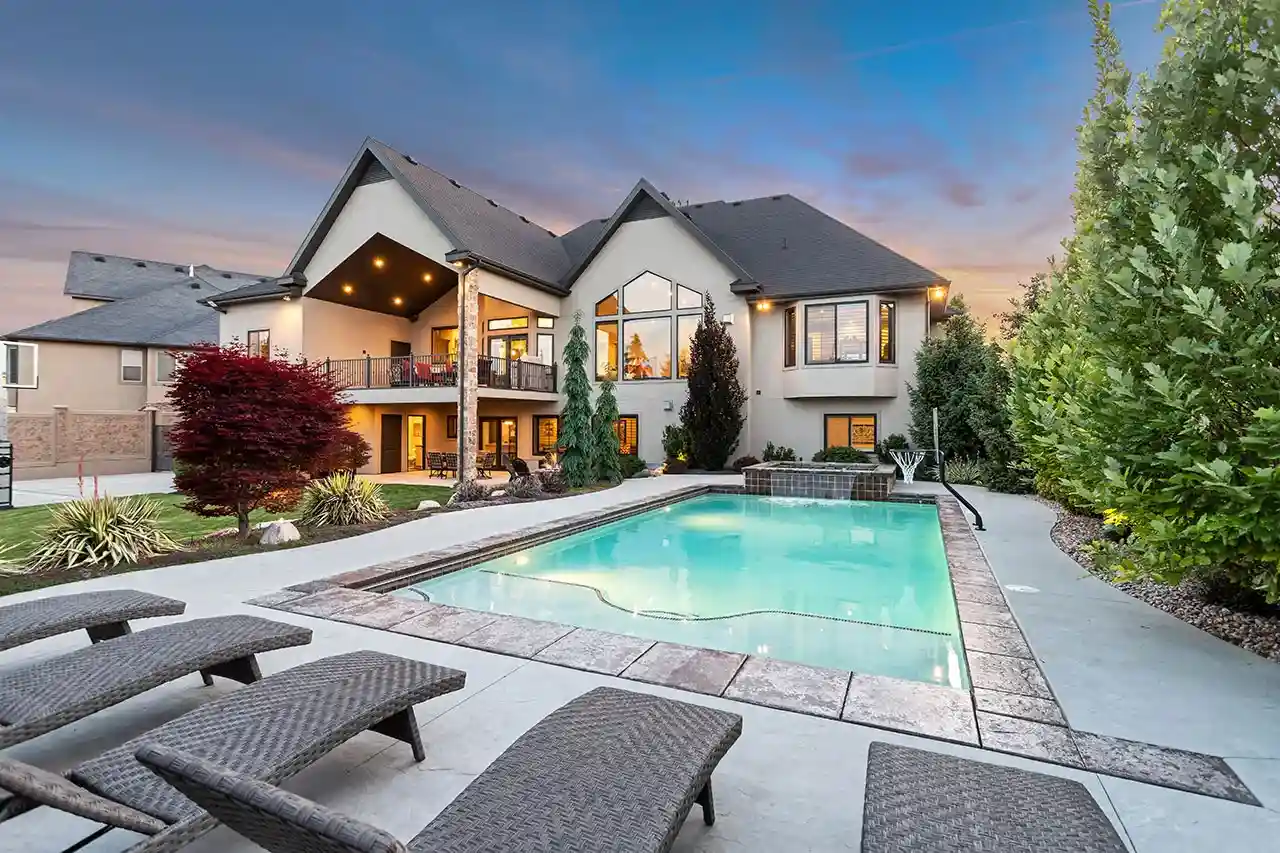In the ever-evolving world of real estate, first impressions are everything. Potential buyers now have high expectations when it comes to property listings, demanding not only clarity but an experience that immerses them in a home’s potential. Hyper-realistic real estate photography is one of the latest trends transforming how properties are presented online, blending lifelike detail with artistic flair to create an unforgettable impression.
The Rise of Hyper-Realistic Real Estate Photography
Traditional real estate photography is being elevated to new heights, thanks to advances in technology and photo editing services. Today, real estate photo enhancement goes beyond simple image optimization—it involves meticulous detail that captures every texture, light, and shadow in a way that feels both lifelike and artistically curated.
A growing trend in real estate photography is the combination of 3D rendering and hyper-realistic image enhancement. This powerful fusion allows real estate agents and property owners to showcase interiors and exteriors in their most flattering light. The combination of photo-realistic visuals and thoughtful artistic design results in spaces that feel vibrant, inviting, and tailored to the buyer’s imagination.
Virtual Staging: Bringing Design to Life
Gone are the days when a bare, vacant property had to be photographed as-is. Virtual staging has revolutionized how properties are presented, allowing real estate professionals to stage homes digitally with a level of creativity and precision that was once unimaginable.
Through the use of advanced 3D rendering, interior designers and photographers can digitally insert furniture, decor, and even lighting setups to make a space feel more homey, warm, and functional. These digitally staged images are hyper-realistic, showcasing a vision of the property that transcends its bare bones.
What sets virtual staging apart is its ability to integrate beautifully with the surrounding architecture while still remaining true to the space’s unique character. Whether it’s bright, modern furniture in a minimalist room or cozy, traditional elements in a family-friendly home, virtual staging elevates each listing to an entirely new level of sophistication.
Day to Dusk: The Magic of Lighting
Another key technique driving hyper-realism in real estate photography is day to dusk editing. By manipulating natural light in post-production, photographers can transform a simple daytime shot into an enchanting evening scene. The use of day to dusk photography enhances the property’s visual appeal, making it look more inviting as the soft glow of the sunset or the bright lights of the evening give the property an entirely different ambiance.
This technique is especially valuable for showcasing the potential of outdoor spaces, gardens, and patios, providing prospective buyers with a comprehensive vision of what the property could offer during different times of day.
Floor Plans and Immersive Experiences
Alongside virtual staging and 3D rendering, providing detailed floor plans with high-quality imagery is essential in creating an immersive experience for potential buyers. Real estate professionals can now offer a comprehensive view of the property that includes not just stunning visuals but precise measurements and layouts. This allows buyers to see exactly how rooms flow and visualize their own furnishings in the space.
Final Thoughts
As technology continues to enhance real estate photography, the industry is shifting toward hyper-detailed, artistically staged interiors that captivate and engage prospective buyers. By leveraging the power of 3D rendering, virtual staging, and real estate photo enhancement, agents and sellers are offering an elevated, immersive experience that transforms mere listings into captivating visual narratives.
Real estate photography has never been more dynamic, and with techniques like day to dusk editing and floor plans, it’s clear that the future of property presentations lies in blending hyper-realism with imaginative design.


